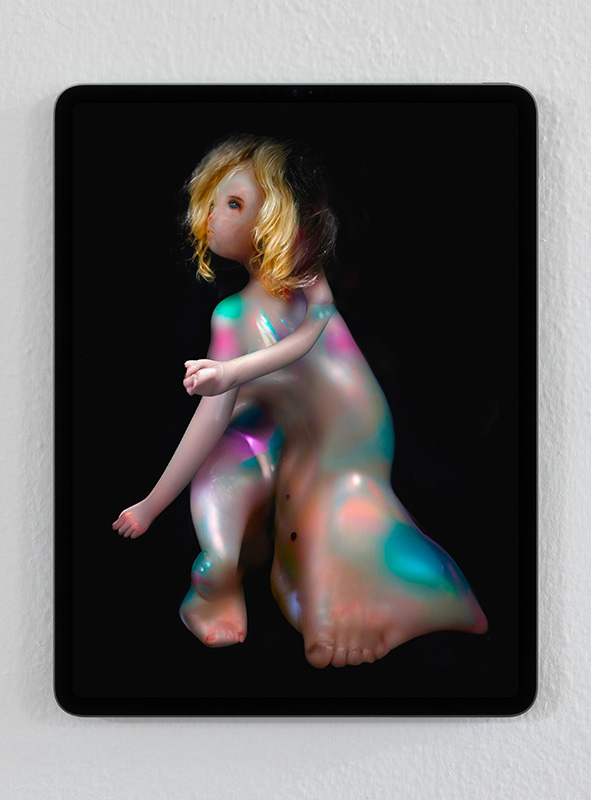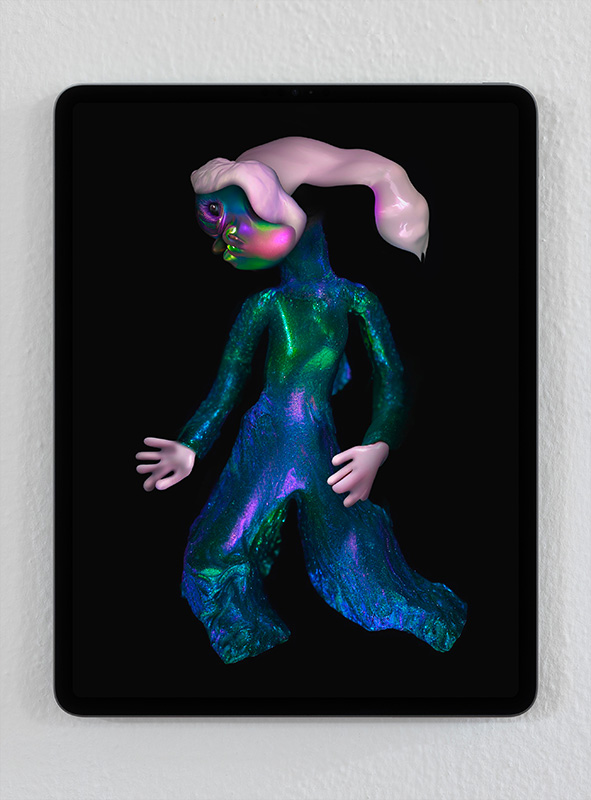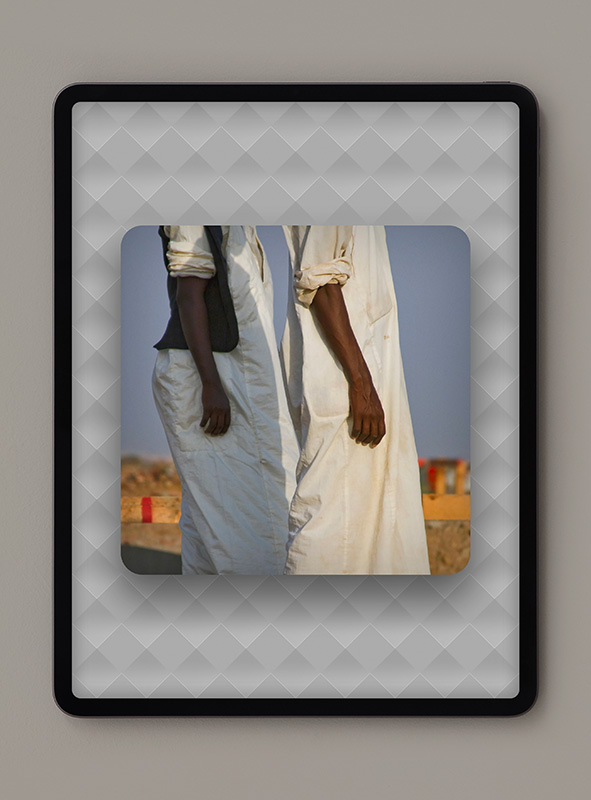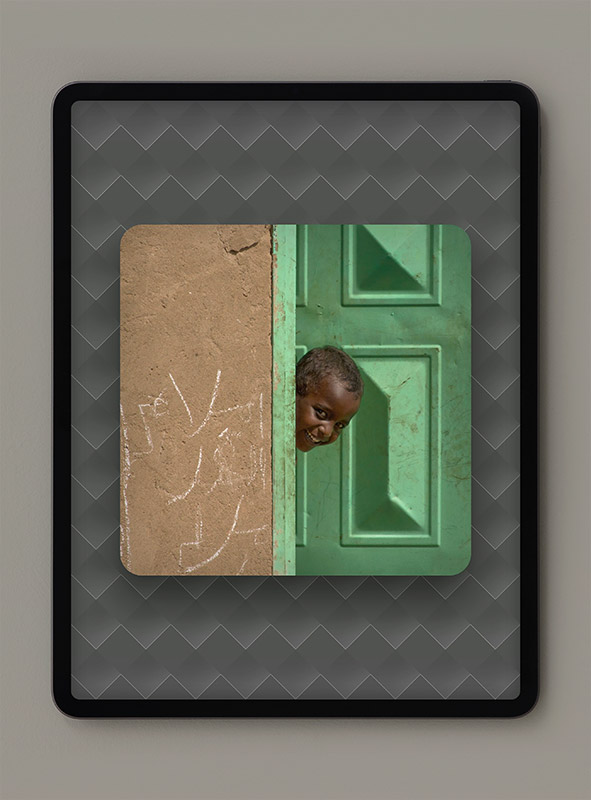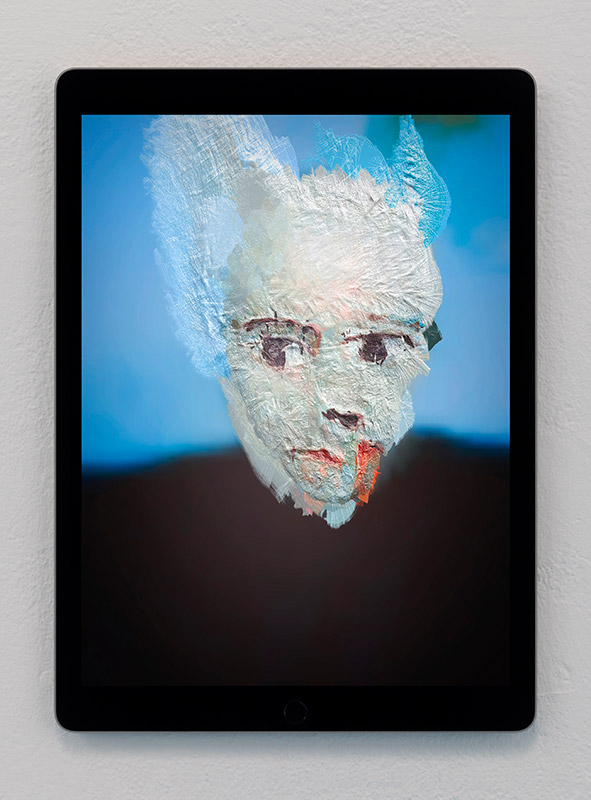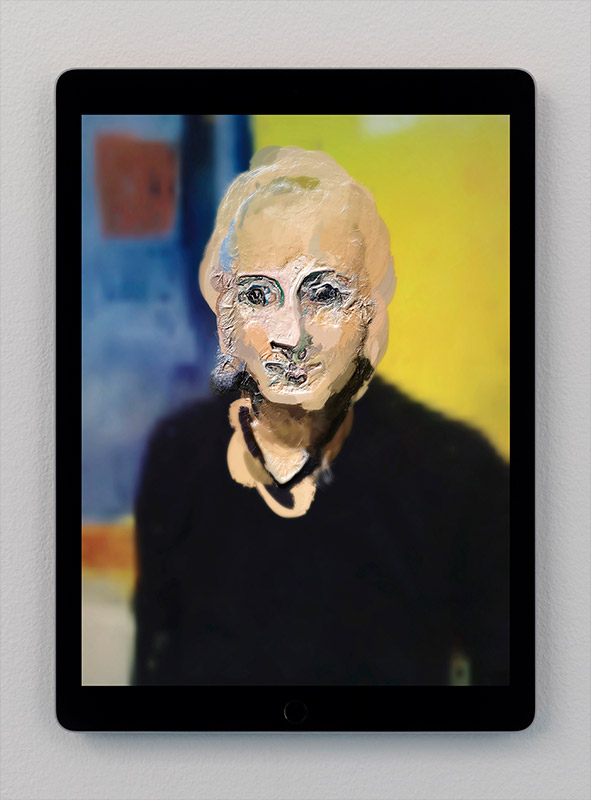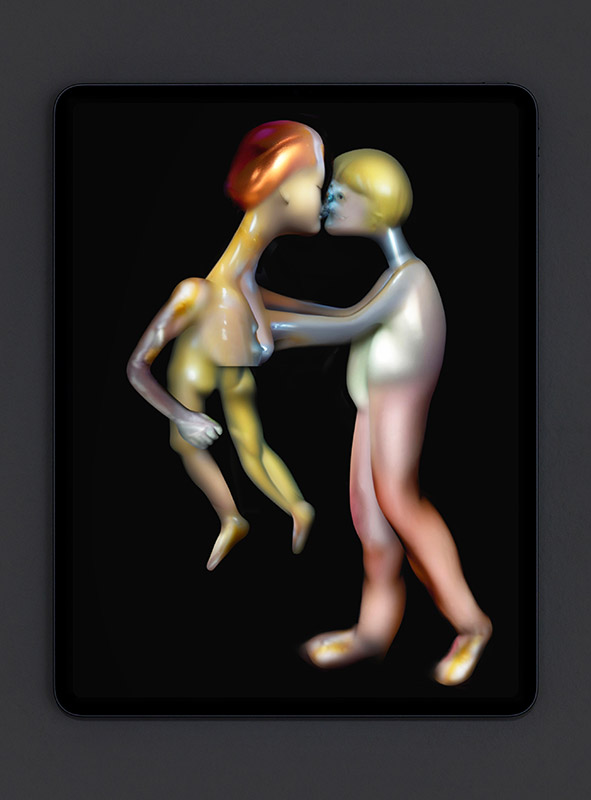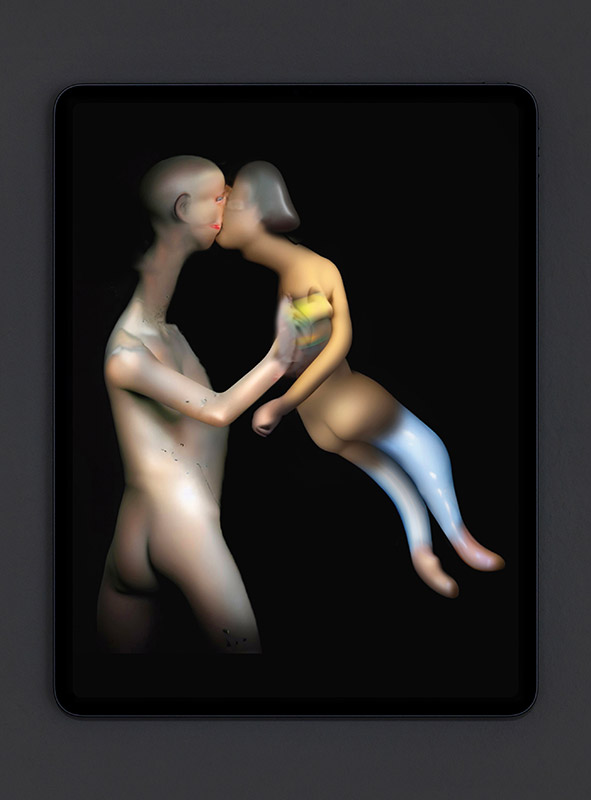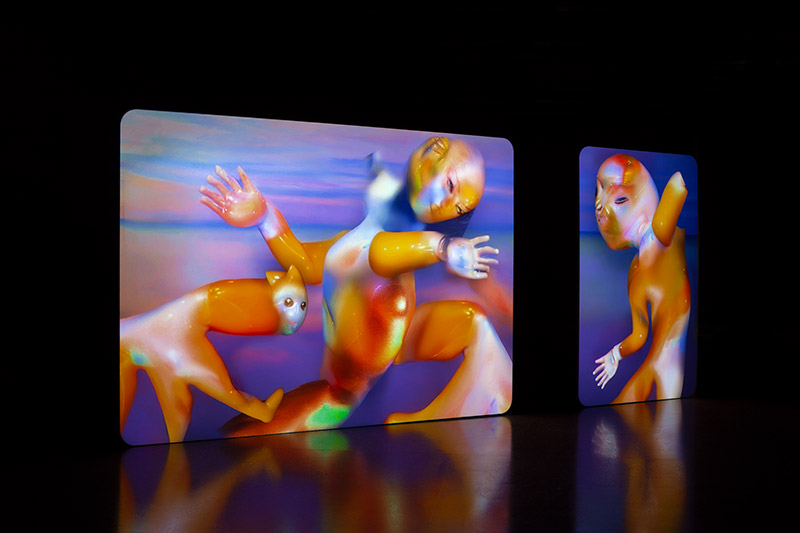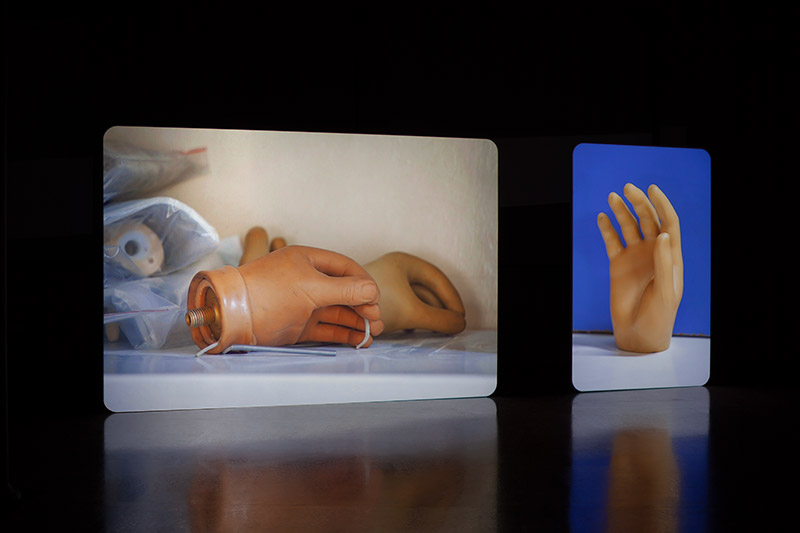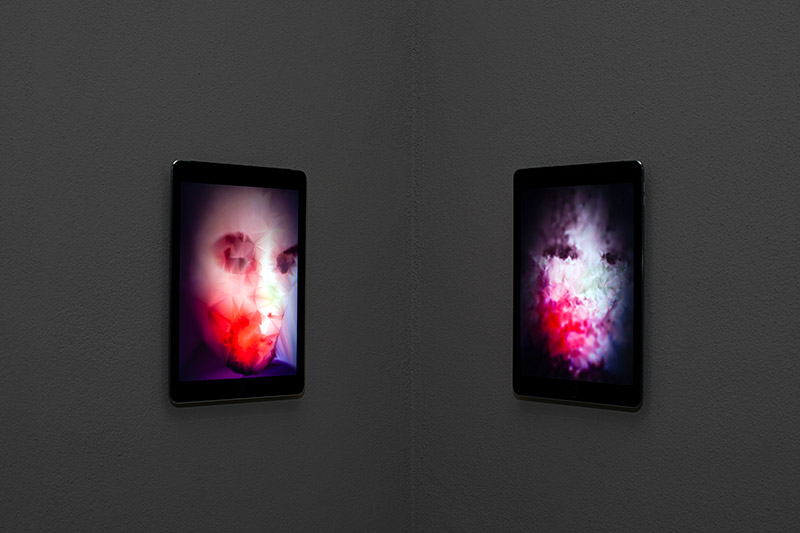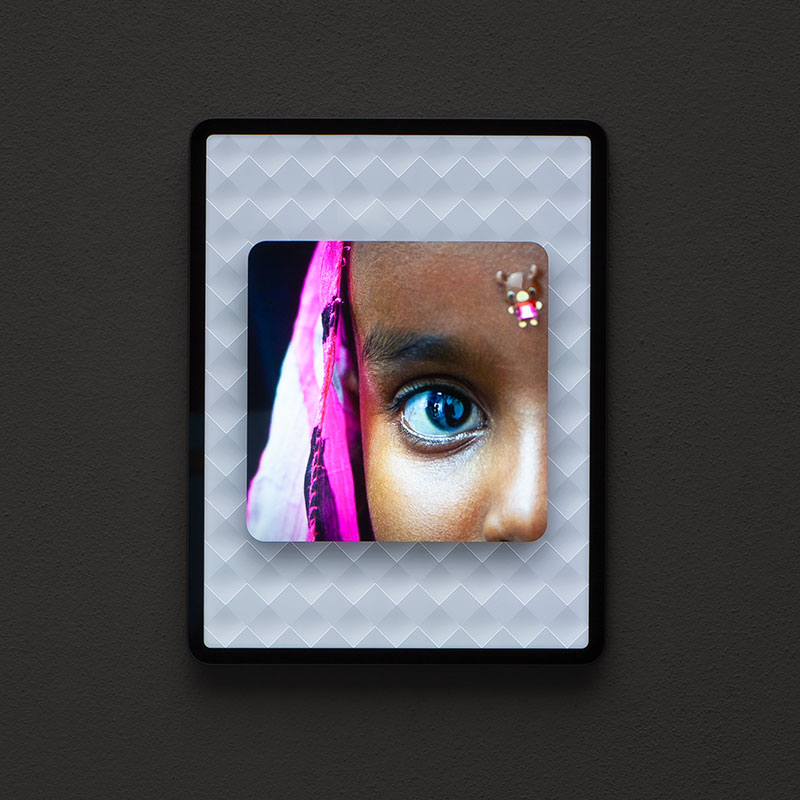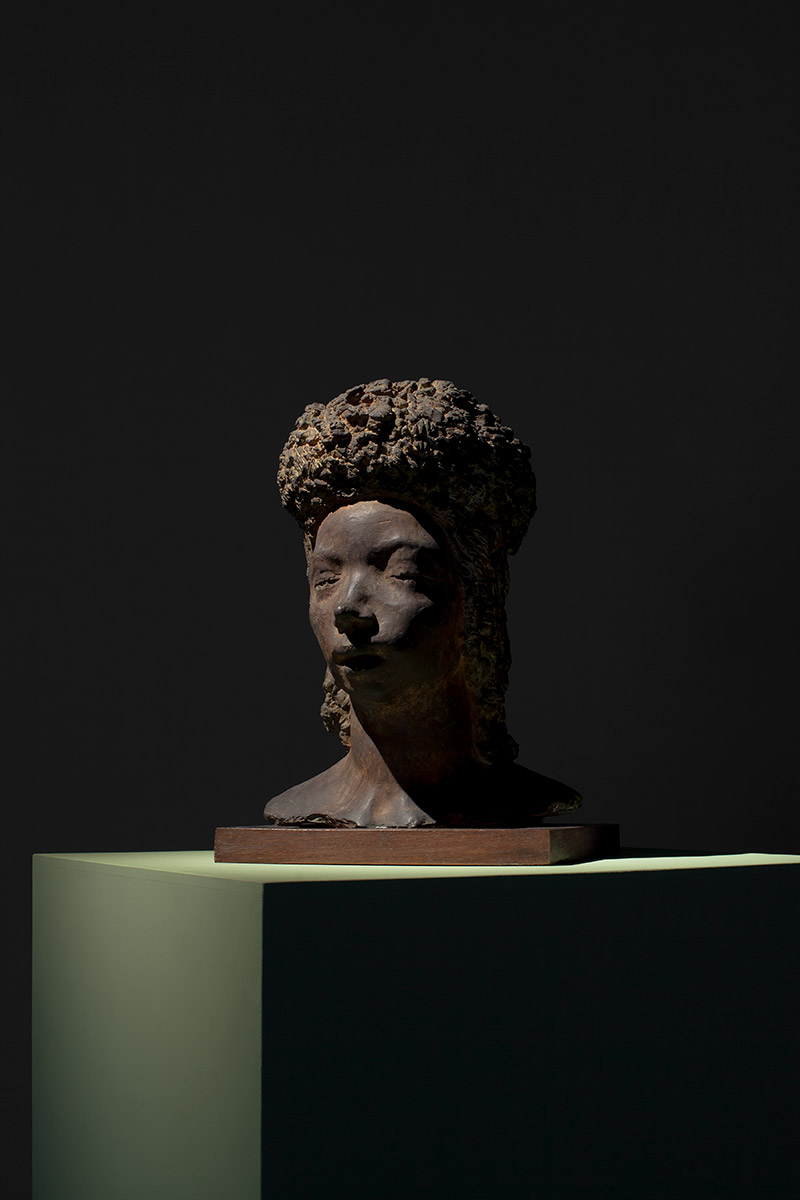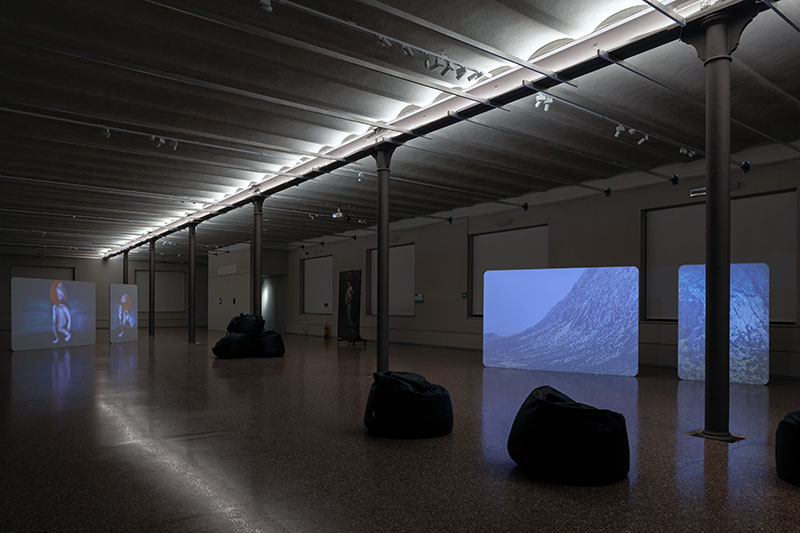Sul Guardare Atto 1 – #Massimo Grimaldi
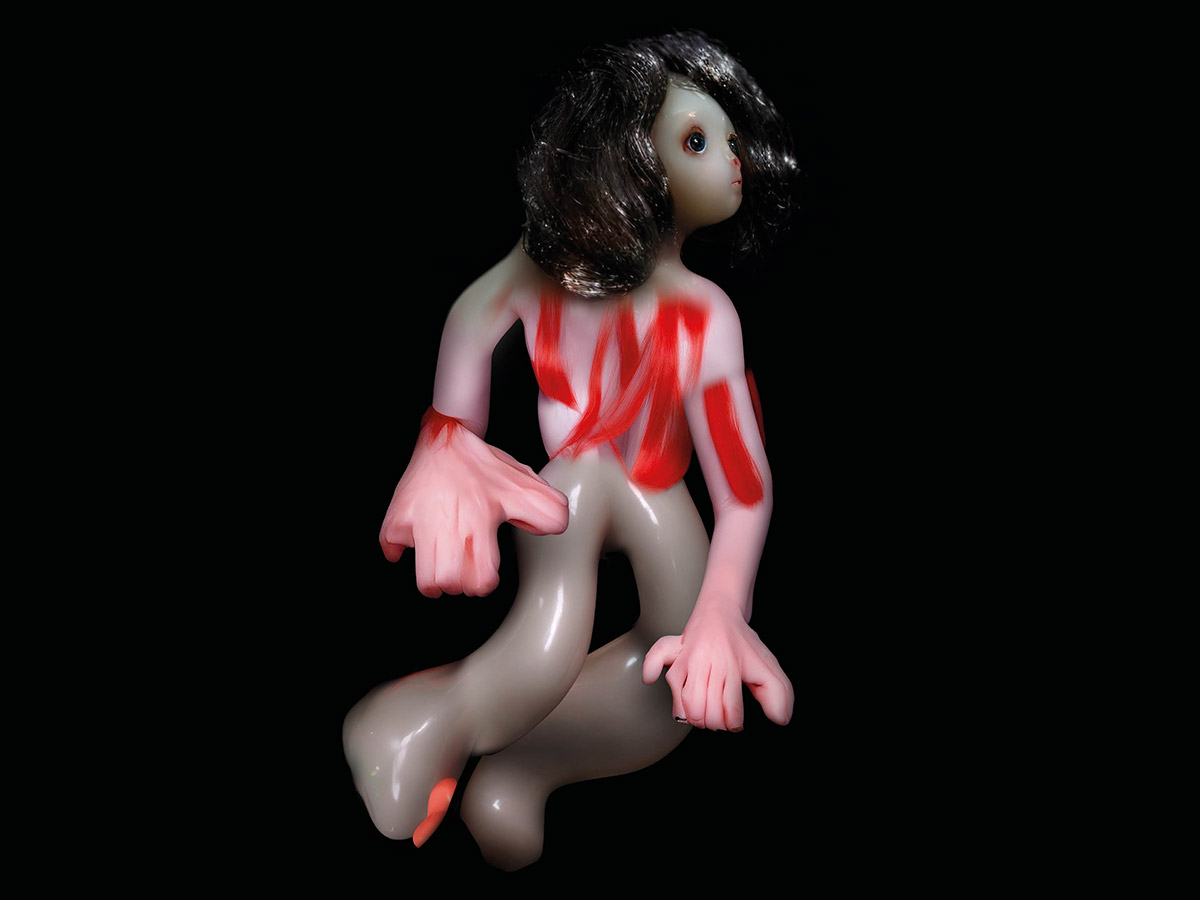
Massimo Grimaldi, Imaginary Friends, 2023, slideshow on iPad Pro Apple, courtesy the artist and ZERO…, Milan
DATA:
September 23, 2023
January 28, 2024
INFO:
Friday-Sunday:
10.30am-7.30pm
Upon reservation for
schools and groups
Free entry
DOWNLOAD:
SHARE:
Curated by Paola Nicolin
XNL Arte announces the extension of the exhibition, which will remain open to the public until Sunday, January 28, and the launch of ‘Voci su / Voices on,’ a digital storytelling project dedicated to the artists involved in the exhibition projects. ‘Voci su / Voices on’ inaugurates its first chapter with Massimo Grimaldi.
Sul Guardare (Ways of seeing) is the first in a series of exhibitions. The project takes its title from a famous television series, Ways of Seeing, four minifilms written and interpreted by the art critic, poet, essayist, writer, playwright and artist John Berger (1926-2017).
Broadcast in 1972 by BBC Two, four thematic episodes, each lasting about 30 minutes, provided an initial introduction to the narrative of Western visual culture, the concept of a point of view related to seeing, the notion of how men see the female body, the relationship between oil painting and the representation of social power, and an analysis of advertising as a new form of painting. In the same year, the series was adapted by Berger into a highly esteemed seven-chapter book of the same name, which won the author the prestigious Booker Prize and became an international benchmark for understanding artworks from a socio-cultural perspective and the relationship between art and popularisation, a simultaneously complex yet accessible issue.
The TV series produced by Mike Dibb and the book published by the British Broadcasting Corporation and Penguin books aimed at offering a critique of conventional cultural aesthetics by raising questions about the ideologies hidden behind visual images. The TV series in particular was in part a response to another television production called Civilization, devised and directed a few years earlier by the art historian Kenneth Clark for the same broadcaster, which represented a more conventional view of the Western artistic/cultural canon.
The series of exhibition we are initiating in this first act is freely inspired by the subject matter and narrative structure of this immense project by Berger.
The proposed dialogues between the modern and contemporary are supposed to be injections of subjectivity, the casting of a subjective gaze on artworks that transcends and decolonises our relationship with images, generates plurality and contemplates polyphonic, lateral and irregular narratives beyond the bounds of some allegedly objectified canon. The exhibitions are, hence, an invitation to reflect not only on looking per se, but also on “how to look” at works of art. The interweaving of media, timeframes and themes provide the starting point for Sul Guardare’s overview of the city’s artistic heritage, both visible and invisible, in an inclusive manner that respects the complexity of discourse on the visual arts, inviting contemporary artists to cast their own gaze on historical works to open up fresh interpretations and reveal new and often surprising meanings and connections.
Massimo Grimaldi (Taranto, 1974) has been invited to be the protagonist of the first episode.
A significant selection of his works from 2014 to the present day are displayed in one single space that also hosts two works on loan from neighbouring Ricci Oddi Modern Art Gallery: Donna sudanese (Sudanese Woman, 1936), a bronze sculpture by Nardo Pajella; and Ritratto di Emma Gramatica (Portrait of Emma Gramatica, 1911), an oil painting on canvas by Lino Selvatico. Works of great emotional force and, at the same time, hidden from the gaze of most, Donna sudanese and Ritratto di Emma Gramatica have been freed from their respective pedestals, frames, corners and walls to be de-contextualised from their traditional surroundings and offered to the general public as images to be processed.
The perturbing but very human encounter between the gaze of a Western man and the face of an anonymous African woman followed by the representation of the sinuous body of Emma the actress enveloped in a skimpy dress – which stands out against a black background as theatrical as it is photographic – are two sculpted or painted female figures generating overlaps and visual short-circuits around the poetics of a portrait and a representation of a human being that both dialogue at a distance with Massimo Grimaldi’s own images.
The project is promoted by Rete Cultura Piacenza (Piacenza and Vigevano Foundation, Emilia-Romagna Regional Council, Piacenza Provincial Council, City of Piacenza, Emilia Chamber of Commerce, Diocesi of Piacenza-Bobbio), with the backing and support of Banca di Piacenza.
Sul Guardare (Ways of Seeing) – Act I
Massimo Grimaldi
The artworks that make up this exhibition belong to the final ten years of Massimo Grimaldi’s career. The works, created from 2014-2023 (three of them specifically for this occasion), all consist of slideshows of photographic or pictorial-graphic images shown on iPads or video-projected on sets of carefully shaped screens; what emerges is both Grimaldi’s desire to rethink human identity starting from a description of his reworked and ‘recomposed’ artistic bodies, as in the case of the reports he made in Sudan and Iraqi Kurdistan at the medical facilities of the humanitarian organization EMERGENCY, and his desire to envisage startling new identities through figures assembled like iridescent, sentient scarecrows pointing towards a future most likely dominated by artificial super-intelligences.
The diptych of works entitled Portraits, Shown on Two Apple iPad Air 2s, 2014, and the three works all entitled Scarecrows, Shown on Apple iPad Pro, 2017, reveal Grimaldi’s penchant for information technology that runs through all his work. These works are slideshows of faces created through the combined and progressively deforming use of a multitude of apps that digitally mimic pictorial effects or apply a variety of facial filters; they are portraits or self-portraits that are no longer reminiscent of the original face and have turned into residual human heads (which the artist describes as “scarecrows”, mischievously alluding to the possibility that the public might be frightened by them), whose deformed features evoke a sort of ‘pilgrimage’ through the programmes of the Apple device on which they were made and then later exhibited.
Tomorrow’s Kiss, 2022, and Imaginary Friends, 2023, reveal a further evolution of scarecrows. Here, the figures are composed with the aid of artificial intelligence tools with which Grimaldi interacts throughout the entire process of their composition. The figures are assembled piece by piece, and each intermediate compositional state is permutated by multiple variations of generative AlI from which the artist chooses the most functional and unexpected to be integrated in a gradually unfolding graphic assemblage. The figures are then careened and given a shiny look, mixed with the most unlikely materials and actually begin to inhabit the artist’s complex, layered imagery. They call to mind the gracefulness of Osamu Tezuka’s characters, the chromatic collages of bodies painted by Pontormo, the silent horror pervading Ari Aster’s films and even the disquiet characterising the post-atomic landscapes of the Japanese anime television series “Humanoid Monster Bem”.
Translucent Island, 2023, the second in a trilogy of video installations on ‘gleaming islands’ that Grimaldi is making, is being presented at XNL Piacenza. This is, once again, the projection of translucent humanoids superimposed over the imaginative shores of a metaphysical island. Like melancholic Pierrots incapable of any kind of action, these figures seem condemned to be incapable of doing anything, barely able to even hint at those movements which, just like in Samuel Beckett’s plays, they will never actually make. These images, which make references to primitivism and lots of 20th-century Italian painting from Mario Sironi to Carlo Carrà, look like tropical fantasies, a staging of the exoticism latent in so much of the work of an artist, who, hardly surprisingly, spends plenty of time in the Azores.
Port Sudan, 2023, consists of a selection of photographs taken from 2010-2016 in Sudan and shown as a slideshow on a latest-generation iPad (in accordance with the exhibition method the artist has adopted over so many years, whereby each new group of images he creates are only ever shown on the Apple devices actually on sale at the time of their creation). Grimaldi, winner of the MAXXI 2per100 international competition in 2009, decided to donate the prizemoney to EMERGENCY for the construction of a Paediatric Centre in Port Sudan and subsequently documented the various stages in its construction and coming into operation; the photographs shown here are not part of the main work, which belongs to the permanent collection of MAXXI Museum in Rome, and are of a more intimate and less documentary nature.
Kurdistan, 2023, is a video installation of the report Grimaldi made last June-July in Iraqi Kurdistan documenting the operations of EMERGENCY’s Rehabilitation and Social Reintegration Centre in Sulaymaniyah. Amputee patients undergo physiotherapy treatments and have prostheses fitted at the Centre, and they also receive financial and management aid for opening cooperatives and workshops. This is again a report that the artist himself describes as “emotional”, casting a gentle gaze at the places he visited and the people he met; his emotional aesthetics point towards a poetic and already nostalgic look at the world around us.
Massimo Grimaldi (Taranto, 1974) s an Italian artist who lives and works in Milan. His work explores the nature of what we call art, the way that it is perceived, judged, and understood. It is an ongoing investigation of the criteria used to produce and circulate images, the power and limitations of aesthetic speculation, the possibility of redefining it in an ethical way. L’artista ha avuto mostre personali al Castello di Rivoli, Torino (2009); Museo di Villa Croce, Genova (2012); West, L’Aia (2014); ZERO…, Milan (2004/2006/2010/2013/2017/2019); Isabella Bortolozzi Gallery, Berlin (2005); Team Gallery, New York (2011/2013). His work has also been shown as part of group exhibitions, institutions and museums such as the 50th Venice Biennale (2003), Palazzo Grassi, Venice (2008), MCA, Chicago (2009), Magasin, Grenoble (2010), M HKA, Antwerp (2014), Pinakothek der Moderne, Monk (2018), Museion, Bolzano (2021). In 2009 Grimaldi won the MAXXI 2×100 award, and donated the prize for the construction of the Emergencyʼs Pediatric Center in Port Sudan.
